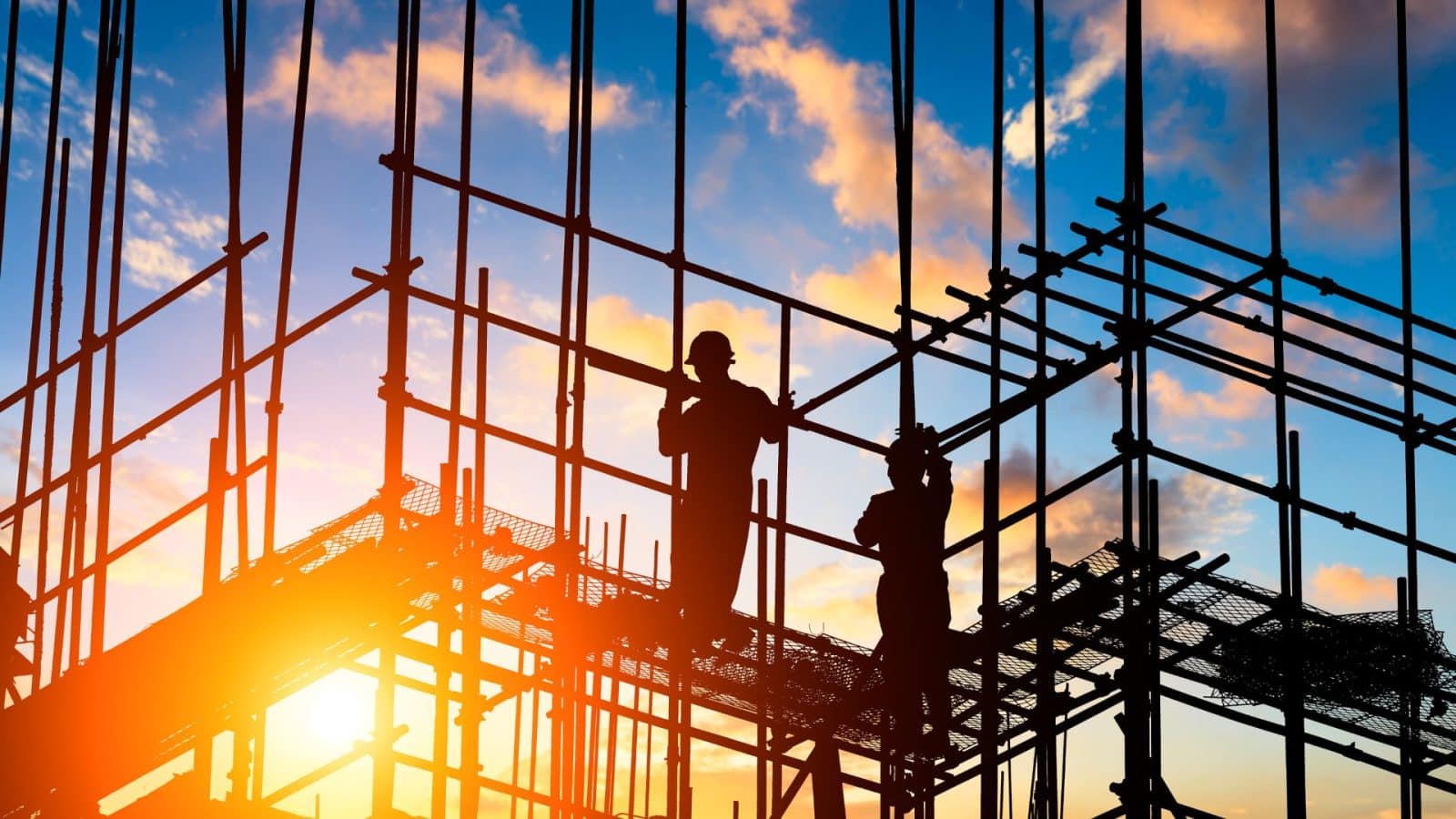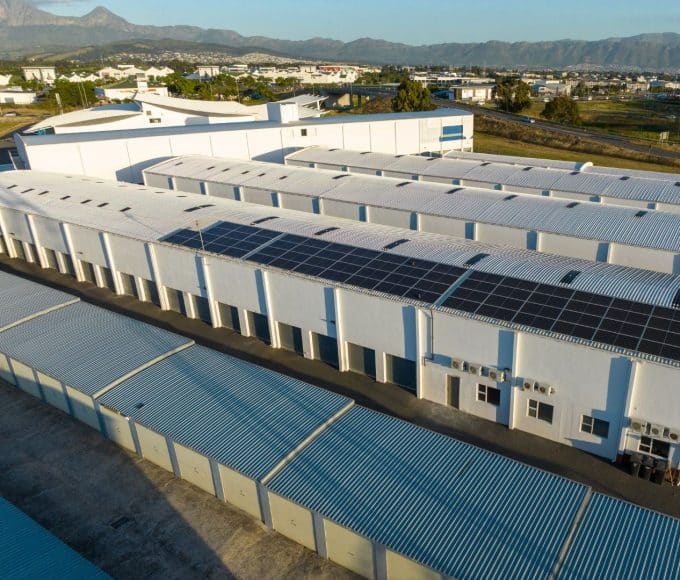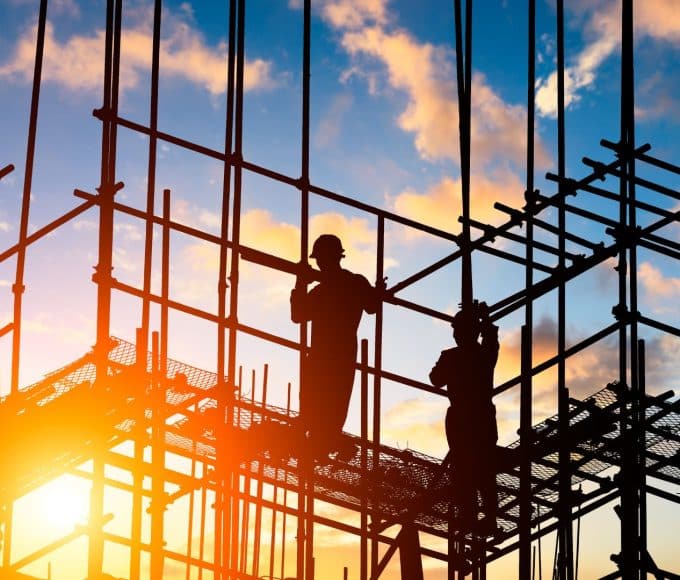The construction method you choose is pivotal to the success of your project. Understanding which construction type to use can save time, reduce costs, and ensure structural integrity. Let’s explore the different construction types and when to use them, providing insight into the best practices for each.
Residential Construction
The definition of residential construction is straightforward. You’d commonly associate it with building family living spaces like houses and apartments. This type is your go-to method to create a cozy and functional family environment. Use residential construction techniques when developing single-family homes, townhouses, or condominiums. The emphasis here is on comfort, aesthetic appeal, and efficient use of space.
Foundational Construction
Foundational construction is all about creating a solid base for any structure. This method is crucial for ensuring stability and longevity. If you want to understand this style more and the methods that come with it, consider doing it! You’ll learn about different kinds of modes within foundational construction and what they are, like combined footing, pile foundations, and strip footing.
For those interested in pile foundations, build your knowledge by reviewing a guide on everything to know about bored piling in construction. Bored piling ensures your building is secure and stands the test of time. You should generally use foundation construction when a robust base is needed to support heavy loads and prevent settling issues.
Commercial Construction
Commercial construction is the backbone of business infrastructure, involving the process of creating office buildings, retail spaces, and other commercial facilities. This type is ideal when you aim to develop spaces that accommodate large numbers of people and support business operations. Employ commercial construction methods when designing shopping malls, corporate offices, or hotels.
Heavy Civil Construction
Heavy civil construction involves large-scale infrastructure projects such as bridges, highways, and dams. This type of construction is vital for public works and involves extensive planning and execution. Use heavy civil construction techniques when working on significant earth-moving and structural engineering projects, ensuring they can withstand heavy use and environmental challenges. For tips on how to ensure safety in the heavy civil construction such as roads and highways, check out this post: 5 Road Construction Safety Tips for Workers
Institutional Construction
Institutional construction focuses on buildings that serve the public and community needs, like schools, hospitals, and government buildings. This type is essential when creating safe, accessible, and durable structures. Implement institutional construction methods when developing facilities that support health, education, and public services and ensure they meet specific regulatory requirements.
Industrial Construction
Industrial construction focuses on building manufacturing plants, factories, and warehouses. This type emphasizes functionality, safety, and efficiency. Use industrial construction techniques to build environments supporting heavy machinery, production lines, and large-scale storage. The priority is creating spaces that maximize operational workflow and ensure worker safety. When handling heavy machinery, it is essential to ensure that all equipment are well maintained. For more on this, read our post on: Why Equipment Maintenance Matters in Construction
Renovation Construction
Renovation construction involves updating and improving existing structures. This type is perfect for projects that aim to modernize old buildings, improve functionality, or restore historical sites. Choose renovation construction when you want to breathe new life into an aging property, enhance its value, or adapt it to meet contemporary standards and needs.
Becoming an expert on the different construction types and when to use them is essential for any construction worker. Whether you’re building a home, a commercial complex, or a public infrastructure project, the right approach will ensure success and sustainability.















